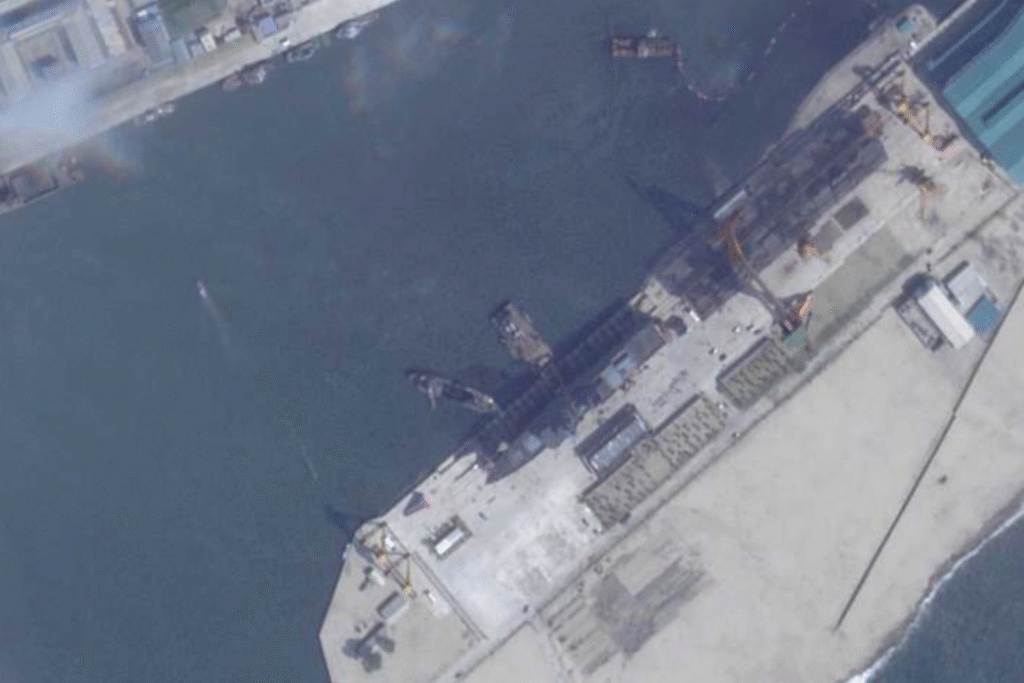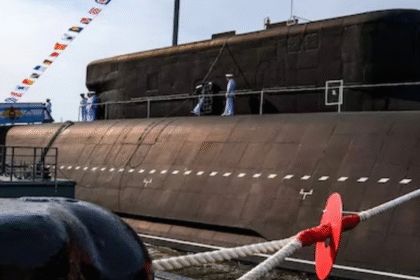North Korea Warship Disaster: 3 Shocking Facts About Failed Launch and Recovery Operation
North Korea’s warship capsized during a failed weapons launch and has now been raised in a risky recovery operation. Discover 3 shocking facts about this military setback and what it means for regional security.
North Korea recently faced a significant military setback after one of its warships capsized during a weapons launch attempt. This incident, which has drawn international attention, not only highlights the technical challenges faced by the isolated nation but also raises questions about its military capabilities and strategic intentions. In a bold move to mitigate the damage, North Korean forces undertook a risky operation to raise the sunken warship. Here are three shocking facts about this failed launch and the subsequent recovery operation that have stunned observers worldwide.
The incident reportedly took place during a live-fire exercise aimed at testing new missile or rocket-launching capabilities.
North Korea has been aggressively expanding its arsenal amid rising geopolitical tensions, and such launches are part of its effort todemonstrate military strength. However, the warship capsized under circumstances that remain unclear, though experts suggest it could have been due to a mechanical failure or instability caused by the weapon’s recoil.
This disaster is particularly embarrassing for Pyongyang because it underscores limitations in naval technology and operational readiness, especially when the regime has been emphasizing advancements in asymmetric warfare. The failed launch casts doubts on the reliability of North Korea’s naval weapons systems, which have long been shrouded in secrecy.

Following the capsizing, North Korea immediately launched a complex salvage operation to raise the warship from the seabed. Reports indicate that the operation was conducted under tight security and secrecy, underscoring the regime’s desire to control the narrative and prevent sensitive military technology from falling into foreign hands.
Salvage operations of this nature are technically challenging, especially for a country with limited resources and international sanctions restricting access to advanced equipment. The fact that North Korea managed to raise the warship shows a surprising level of determination and resourcefulness. However, experts caution that the ship likely sustained severe damage, and it remains unclear whether it will be repairable or returned to service.
The recovery operation itself also poses risks. Conducting such efforts in the face of international surveillance and potential hostile action requires careful planning and exposes vulnerabilities in North Korea’s naval defense.
The failed launch and capsizing incident have not gone unnoticed by neighboring countries and global powers.
South Korea, Japan, and the United States have closely monitored North Korea’s military activities, which they view as provocations threatening regional stability.
The mishap provides these nations with an insight into possible weaknesses in Pyongyang’s military programs, but it also signals that the North remains committed to advancing its weapons capabilities despite setbacks.
The incident could have multiple diplomatic ramifications. On one hand, it may embolden international actors to maintain or even increase pressure on North Korea through sanctions and diplomatic isolation. On the other hand, it might push Pyongyang to accelerate its weapons development programs to avoid appearing vulnerable.
Analysts also warn that accidents like these could increase the risk of unintended escalation if misinterpreted by other countries as aggressive moves or provocations. In the delicate balance of Northeast Asian security, even technical failures can have outsized political consequences.
North Korea’s warship disaster and the subsequent recovery operation underscore the high-stakes environment in which the country is pursuing military advancements. While the regime has managed to control the immediate fallout, the incident exposes gaps in its naval capabilities and raises questions about the sustainability of its weapons programs under ongoing international sanctions.
As tensions continue to simmer on the Korean Peninsula, the world will be watching closely to see how Pyongyang responds — whether through further tests, diplomatic engagement, or intensified military posturing. This recent failure may serve as a cautionary tale about the risks inherent in North Korea’s push to modernize its armed forces under difficult circumstances.
Read Also : “Harvard vs. Trump: 3 Major Takeaways as Court Blocks Biden’s Foreign Student Ban”








